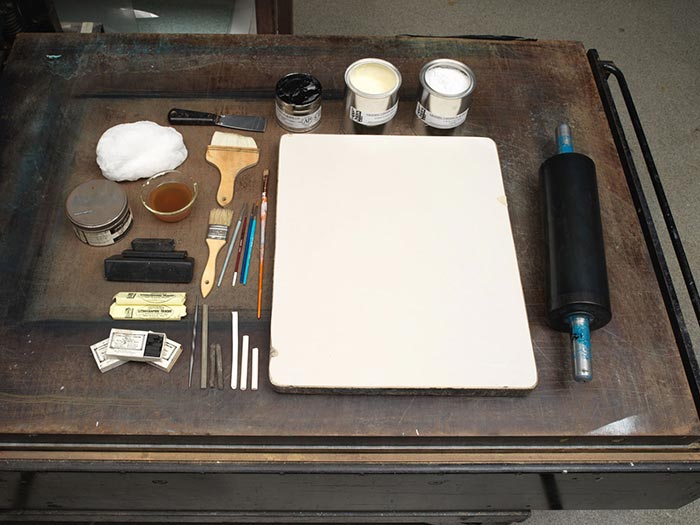"Sorry Her Lot Who Loves Too Well." Pinafore
Publisher Currier & Ives American
Not on view
This humorous print spoofs one of the songs, "Sorry Her Lot Who Loves Too Well," sung by the ship captain's daughter, Josephine, in Act 1 of the 1878 comic operetta "H.M.S. Pinafore" by W.S. Gilbert and Arthur Sullivan. The musical opened at the Opera Comique in London on 25 May 1878, and ran for an impressive 571 performances--an extraordinary record for that time. "H.M.S. Pinafore" was Gilbert and Sullivan's fourth operatic collaboration, and their first to attain such popular success internationally. The plot, which lampoons the British social class system, involves people from different classes falling in love. While the Gilbert & Sullivan song, which starts "Sorry her lot who loves too well,/Heavy the heart that hopes but vainly..." is sung by a lovesick young woman pining for a sailor on the H.M.S. Pinafore, the Currier & Ives print transforms the young Joesphine's love for a sailor of the lower classes into a scene showing a woman's lament due to the loss of a beloved pet.
In the left background of this print, the stern of the ship named "H.M.S. Pinafore" is depicted; a big rope ties the ship to a large post at the end of a pier (lower left). The ship's uniformed captain (middleground center; he wears a gold-trimmed blue uniform and cocked hat) stands on the dock as he stares (through his pince-nez) with alarm at a well-dressed woman kneeling at the edge of the dock. The woman (his daughter, Josephine?) wears a pink jacket, dark blue skirt, and a fancy bonnet adorned with feathers and a bow, She is wailing (or singing?) open-mouthed as she extends her gloved hands towards a drowned dog, which is lying on its back with its distended belly up and its paws in the air. Around the dog's neck is a rope tied to a heavy rock at its other end. To their left, a boy in tattered clothes stands laughing at them. The title of the print is imprinted in the bottom margin.
Nathaniel Currier, whose successful New York-based lithography firm began in 1835, produced thousands of prints in various sizes that together create a vivid panorama of mid-to-late nineteenth century American life and its history. People eagerly acquired such lithographs featuring picturesque scenery, rural and city views, ships, railroads, portraits, hunting and fishing scenes, domestic life and numerous other subjects, as an inexpensive way to decorate their homes or business establishments. As the firm expanded, Nathaniel included his younger brother Charles in the business. In 1857, James Merritt Ives (the firm's accountant since 1852 and Charles's brother-in-law) was made a business partner; subsequently renamed Currier & Ives, the firm continued until 1907.

